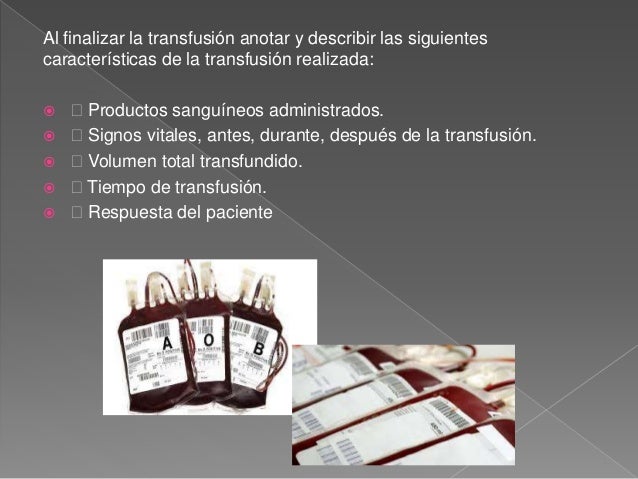

En el momento actual existen aportaciones de extracción mediante broncoscopio flexible, y resurge el debate acerca de qué instrumento es el más apropiado: flexible o rígido.

Clásicamente, en el paciente pediátrico, la extracción del CE se realizaba a través de broncoscopio rígido bajo anestesia general, por lo que estaba limitada a especialidades quirúrgicas. La gravedad de la obstrucción aguda de la vía aérea superior así como las complicaciones derivadas de la presencia de un CE en la vía aérea inferior hacen necesarios un diagnóstico y un tratamiento precoz. Resumen La aspiración de cuerpo extraño (CE) es una causa importante de morbimortalidad en la infancia. There were no severe complications.įB is useful in the diagnosis of upper airway abnormalities.The main indication for FB is stridor and the most common abnormal finding of the upper airway is laryngomalacia Upper airway inspection revealed abnormality in 30.7 % (140 FB). One hundred eleven FB (24.5 % of all endoscopies) were required for suspected upper airway anomalies and 55.8% corresponded to stridor. We retrospectively reviewed the FB performed in our center between January 1993 and March 2003 in children aged less than 14 years old.Ī total of 456 FB were performed in 378 children. To analyze the contribution of FB to the diagnosis of upper airway alterations and to characterize the frequency and type of upper airway anomalies. Because the procedure is easy to perform under sedation and topical anesthesia, avoiding surgery with general anesthesia, which is required for rigid bronchoscopy, it has allowed the use of airway endoscopy in infants and children to be increased and has reduced patient risks. These recommendations may be adopted, modified or rejected according to clinical needs and constraints.įlexible bronchoscopy (FB) is becoming an increasingly common diagnostic and therapeutic technique and is currently an essential procedure in pediatric pulmonology departments. The complications of these techniques are also discussed. Recommendations are also provided on the practice of nonbronchoscopic bronchoalveolar lavage.We review the indications and contraindications of these techniques, the equipment required, and the preparation and monitoring of the patient before, during and after the procedure.

We review the most frequently performed diagnostic and therapeutic procedures applied through the flexible bronchoscope: bronchoalveolar lavage, bronchial biopsy and transbronchial biopsy. : This article completes previous recommendations of the Techniques Group of the Spanish Society of Pediatric Pulmonologists on the practice of flexible bronchoscopy in children. Estas recomendaciones pueden adoptarse, modificarse o rehusarse, según las necesidades clínicas de cada centro. Se realizan también recomendaciones para la práctica del lavado broncoalveolar no broncoscópico.Se revisan las indicaciones, contraindicaciones, recursos materiales, el cuidado y monitorización del paciente previo, durante y posterior al procedimiento, y las complicaciones de las técnicas. The history and general principles, as well as technical aspects, indications, contraindications, complications and future of bronchoscopy in infants and children are reviewed here.Įste artículo completa las recomendaciones sobre el uso y aplicaciones del broncoscopio flexible en la infancia, del Grupo de Técnicas de la Sociedad Española de Neumología Pediátrica, incluyendo los procedimientos que, con fines diagnósticos y ocasionalmente terapéuticos, se aplican con mayor frecuencia durante la práctica de la broncoscopia flexible: el lavado broncoalveolar y las biopsias bronquial y transbronquial. The most common indications for examination of the airway of pediatric patients are: severe stridor, persistent atelectasis, recurrent or persistent pneumonia, persistent wheezing, foreign body aspiration, difficult intubations, and many other.

Indications for bronchoscopy are both diagnostic and therapeutic. Upper airway problems are a common reason for endoscopic evaluation, and bronchoscopy almost always involves the examination of the upper as well the lower airway. Once a patient has been selected for bronchoscopy, the clinician should obtain informed consent for the procedure and preplanned procedures. An experienced team is essential to perform bronchoscopy safety, efficiently, and successfully. Bronchoscopy is a generally safe and effective diagnostic procedure for the evaluation of respiratory problems in children of all ages.


 0 kommentar(er)
0 kommentar(er)
